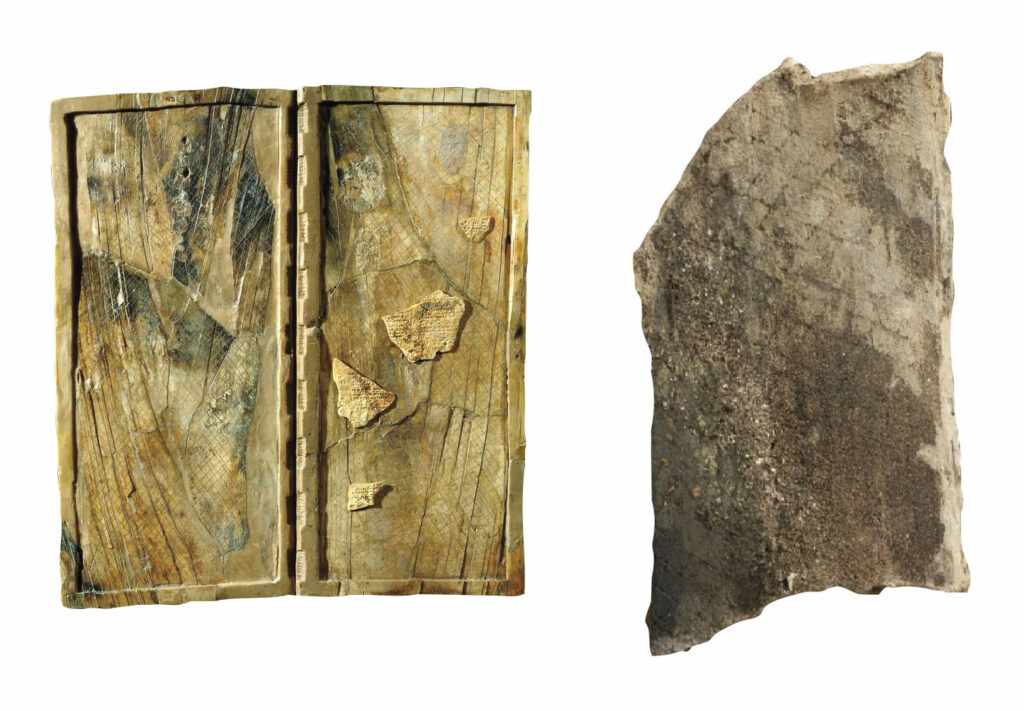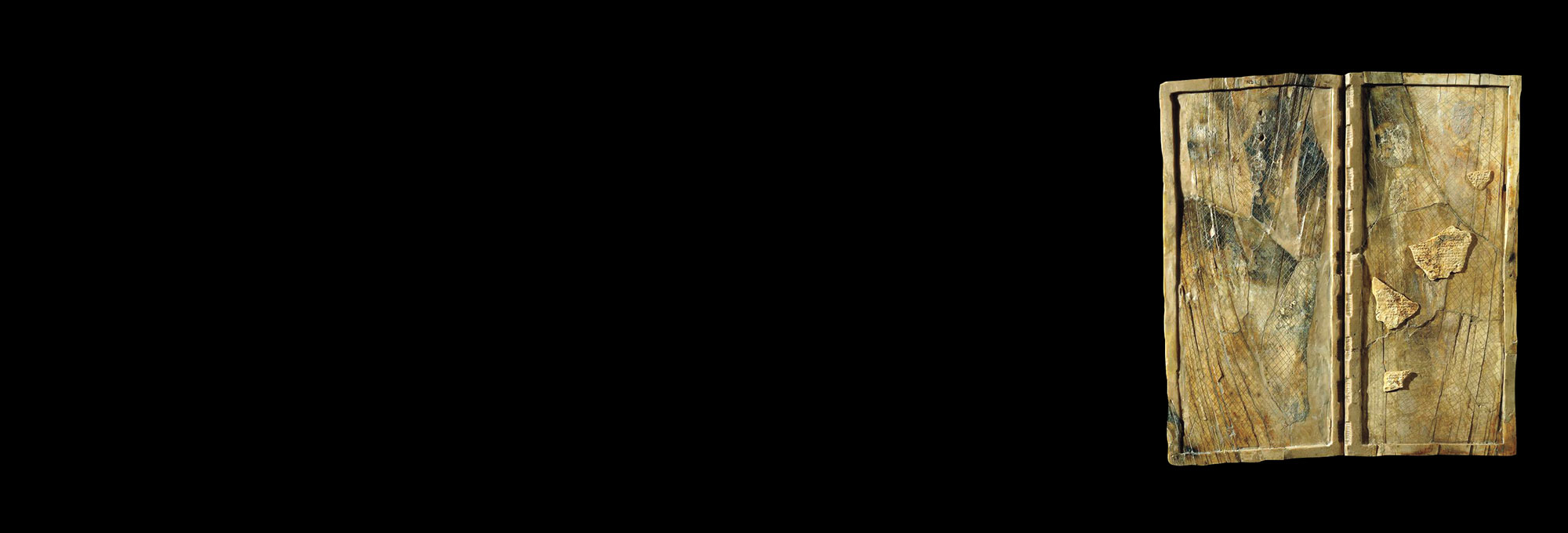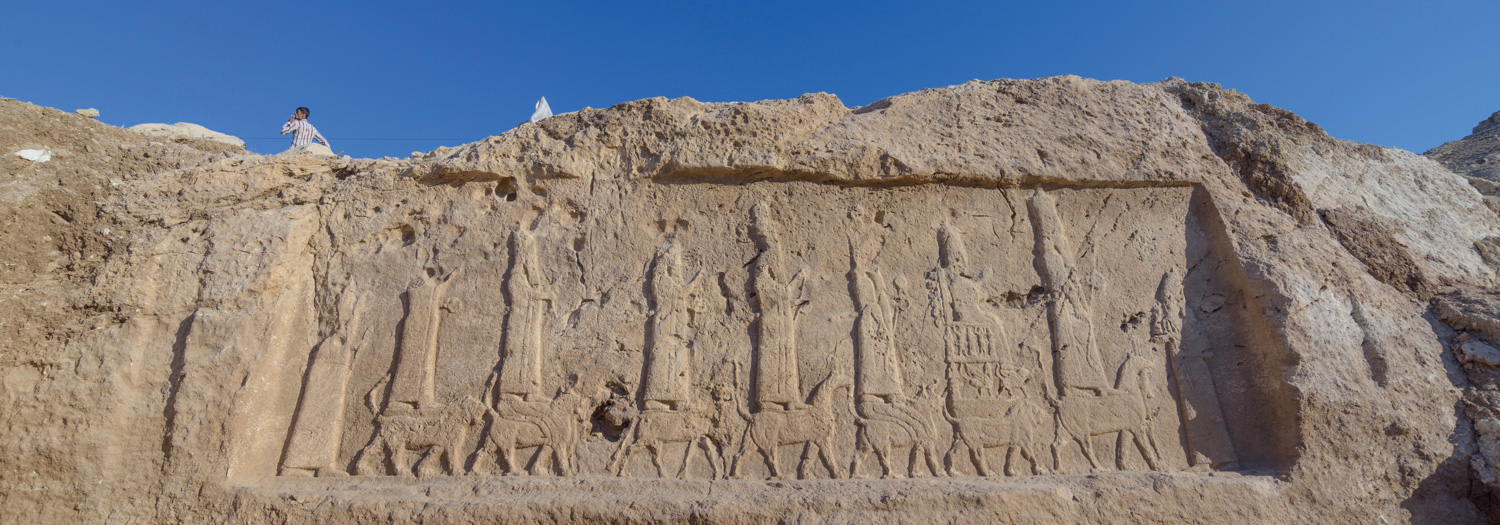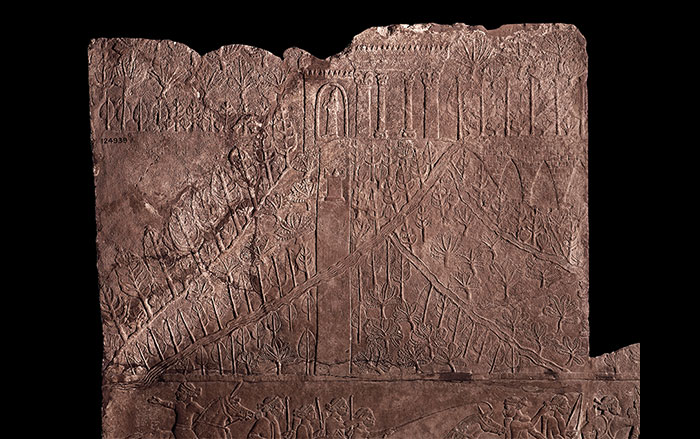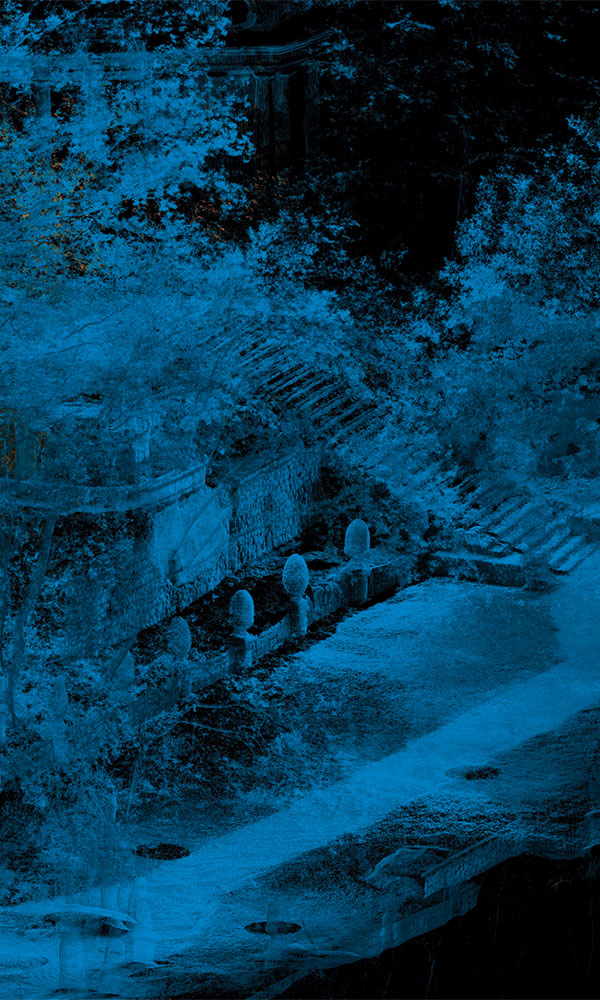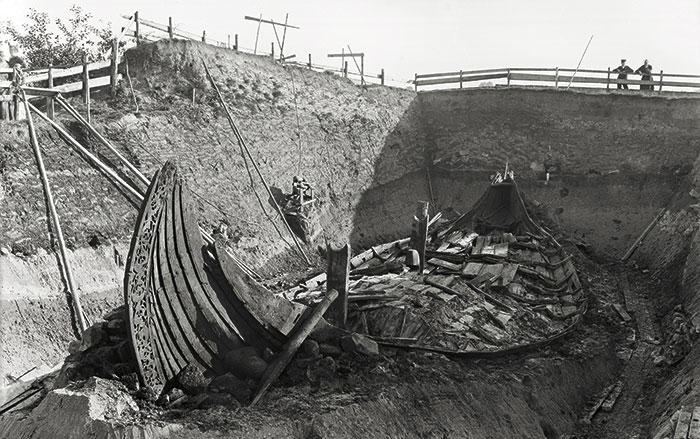
More than 400,000 clay cuneiform tablets survive from ancient Mesopotamia. But clay was not the only medium in which scribes created the wedge-shaped impressions of cuneiform script. Records dating to as early as 2000 b.c., as well as reliefs depicting scribes at work, suggest they also wrote on wax-covered tablets fashioned from wood or ivory. Unlike dried or fired clay, wax offered scribes the ability to easily update running accounts or edit their work by scraping or melting off a layer of wax. Very few of these wax-coated tablets have survived. Among the rare examples are 16 ivory tablets and fragments of perhaps the same number of wooden examples that were thrown down a well in the Assyrian capital of Nimrud when it was sacked by the Babylonians and their allies in 612 b.c.
Archaeologists discovered the cache of tablets, some of which were as long as 13 inches, in 1953. Analysis at the time suggested that the tablets bore traces of beeswax. Recently, a team led by chemist Diego Tamburini of the British Museum reanalyzed the Nimrud tablets using a suite of techniques that enabled the researchers to test minute quantities of the wax found on their surfaces. They confirmed that the substance was pure beeswax and found that the ivory tablets also bore traces of orpiment, an arsenic compound that was used as a yellow pigment. “It would have given the wax on the ivory tablets a golden appearance,” Tamburini says. This suggests that the writing on these tablets may have been of special significance to the scribes of Nimrud. The team also found traces of carbon black on the wooden tablets, which shows that the scribes added soot or ash to the wax on those boards to improve readability and make the wax less sticky and easier to write on.
